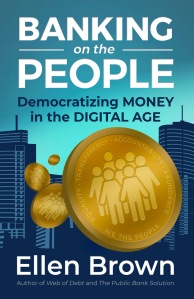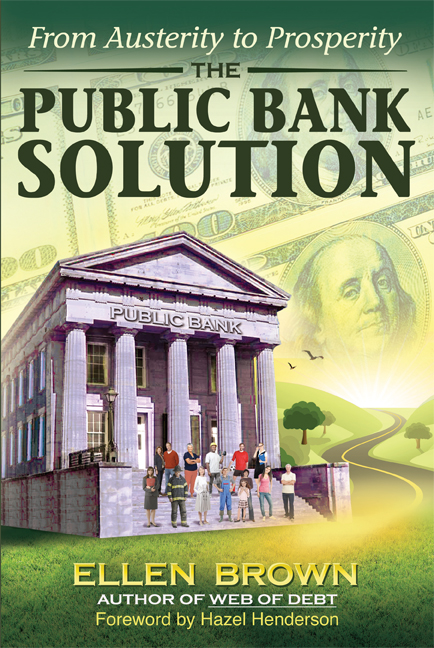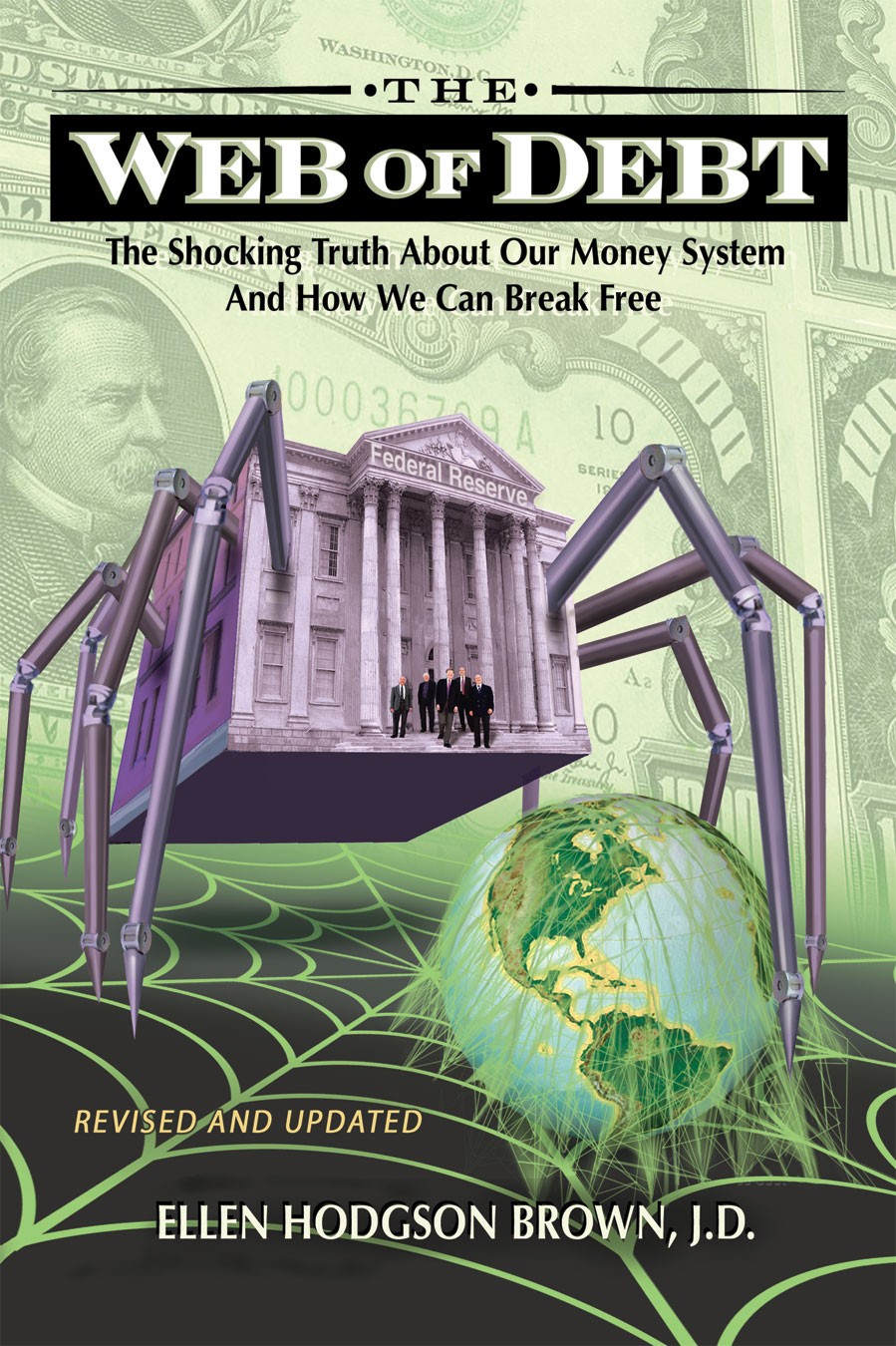Paul Mason, “Fannie Mae: The Credit Crunch Meets the F-word,” BBC News, July 12 2008 —
“The panic on Friday about the two US mortgage giants, Fannie Mae and Freddie Mac, is followed by the collapse of California’s IndyMac, a regional mortgage lender. . . .
“All over the world, slowly but surely, the state is becoming exposed to the debts and liabilities of the finance system. . . . On this basis I will make a prediction. Soon the ideology will move into line with the practice. Soon somebody will argue that a state-backed finance system, with much heavier regulation, is better than the one the world’s leaders have been trying to patch together at the G8 summit. . . .
“Roosevelt and his allies did not start out with a coherent vision of what to do in the face of the crisis. They improvised . . . I am not advocating a return to Rooseveltian state capitalism – but I do think the evolution of FDR’s thought is worth studying. Because what basically happened was that a coalition of interests determined to stop the finance sector from destroying the world economy found a leader prepared to go beyond muddling through and to envision a new kind of market economy where the state’s mission was to defend the little guy against the steamroller of unemployment, hunger and speculation.”
Read more: http://xrl.us/kk2o7
Filed under: In the News |






Interesting. I apologise for my ignorance on the issue, but in the case of this new bailout, is it being conducted in the same manner as the previous Bear Sterns bailout i.e. JPMorgan Chase buying up BS for $2 a share instead of $50, or by any of the other Federal Reserve member banks or favoured institutions? Can we take any such bailout as automatically being a highly inflationary procedure?
What are the ramifications of a financial sector that is increasingly state-controlled, just as the Bush administration argues for higher levels of regulatory power on the part of the Fed?
Also, since it is mentioned in the article, what are the ramifications of a global carbon emissions trading scheme? Does it not seem like it is being pushed ahead quite rapidly at a time when it is clear the global financial markets are in turmoil, radiating primarily out of the US? Can we expect that a carbon emissions trading scheme would be exposed to the same predatory speculation activities that have helped create a $512 Trillion derivatives bubble?
Hi, I’m passing the carbon emissions question to someone who knows better than I. On the Fannie bailout, it’s not through another corporate entity but is directly from the Treasury (buying Fannie stock) and the Federal Reserve (increasing loan availability). Both impose liability on the taxpayers. I think, if we’re going to be bearing the load, we should get ALL the stock, i.e. nationalize it, as this author suggests; but the current proposal would just make the taxpayers put up capital, while allowing others to capitalize on the profits made from these extraordinary favors.